

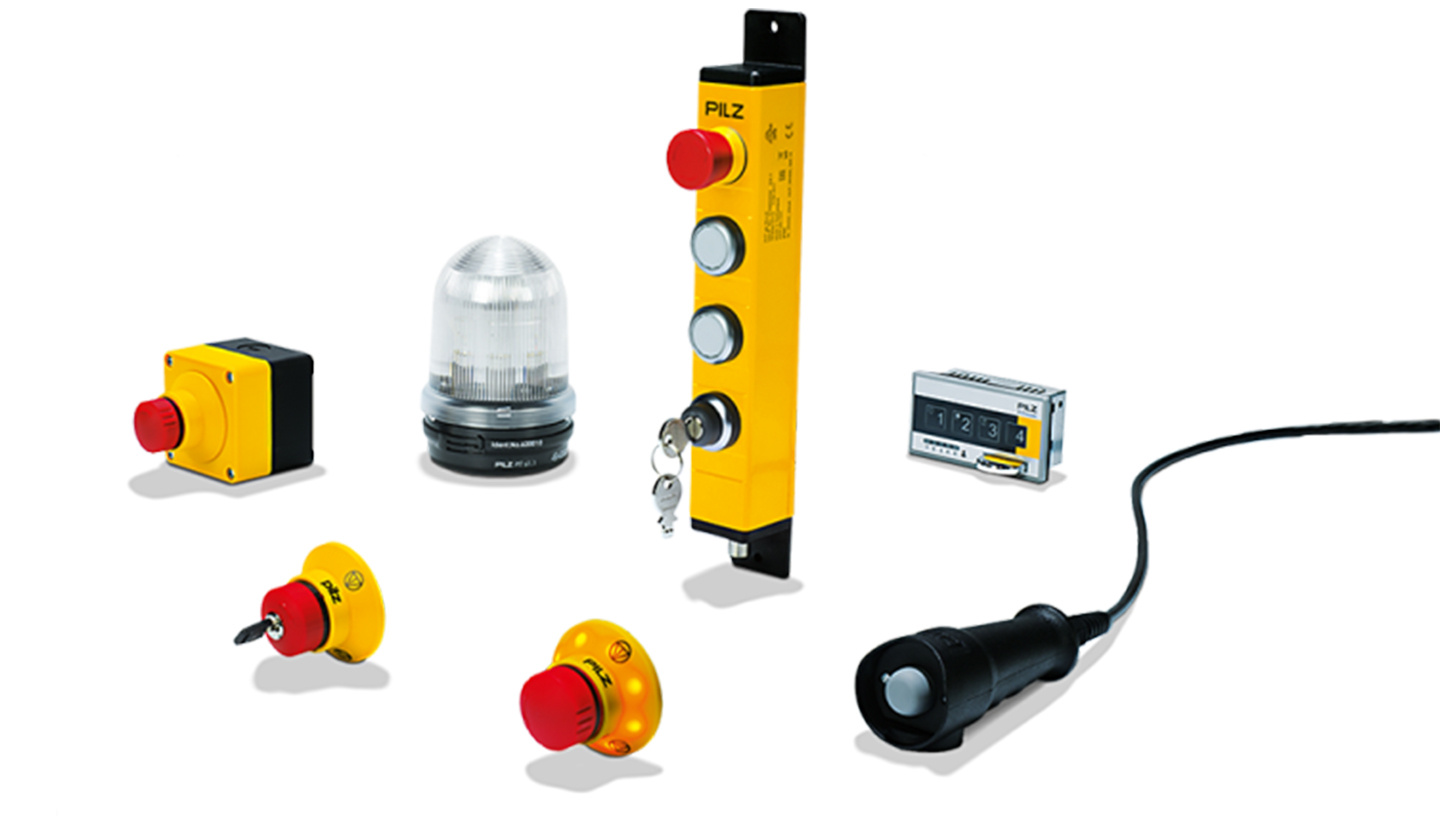
Clear controls and timely alerts turn complex systems into smooth operations.
All systems require a mechanism to react to orders and convey their current state. Controlling devices make it simple for operators to begin, halt, or modify activities, and signaling devices offer both visible and audible notifications for improved oversight. They work together to make the workplace better.
HRC (High Rupturing Capacity) fuse bases and fuse links are essential components in industrial electrical systems that offer overload and short-circuit protection. The fuse base securely holds the fuse link, which breaks the circuit when a fault occurs to prevent equipment damage.

HRC fuse bases and fuse links work together to ensure circuit protection. The base securely holds the fuse link, while the link itself contains an element that melts under excessive current. This will break the circuit and thus prevent damage to electrical systems.
HRC fuse bases and links are best known for their efficiency, safety, and durability.
Different types of HRC fuse bases and fuse links contribute to various power protection needs.
1. Standard HRC Fuse Base (Type-FB)
2. 630A HRC Fuse
3. 400A HRC Fuse Base
1. NH HRC Fuse Link
2. Cylindrical HRC Fuse Link HF
HRC fuse bases and fuse links come in various specifications to suit different industrial applications and a few of them are listed below.
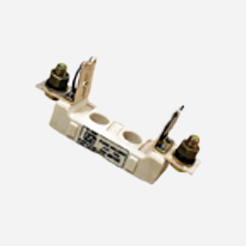
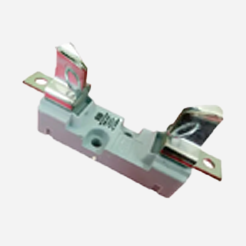
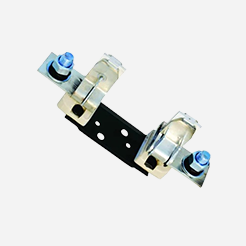
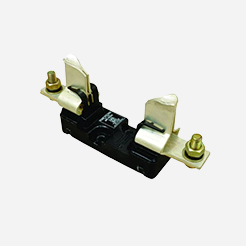
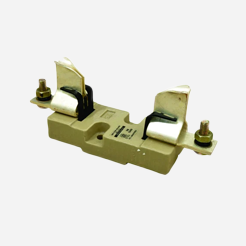
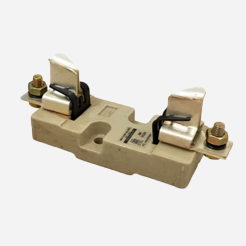
Panel-mounted hooters, buzzers, and sirens are essential signaling devices in industrial settings. They generate audible alerts to indicate operational statuses, alarms, or emergency situations to help maintain safety and workflow efficiency.
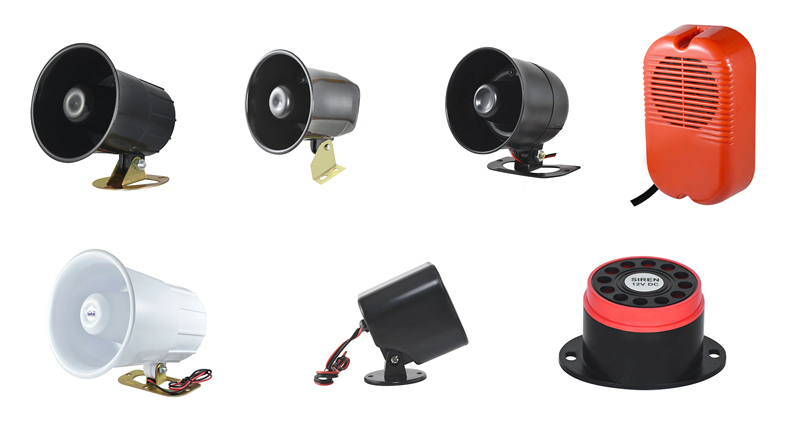
These devices convert electrical signals into sound to produce tones at different frequencies and intensities. They are available in continuous, intermittent, and multi-tone variations to suit various industrial applications. Some models integrate with control panels for automated operation.
These signaling devices play a vital role in industries and are known for their durability, clarity, and efficiency. Their key features in signalling the industries include:
Panel-mounted hooters, buzzers, and sirens come in various types and technical specifications to suit different industrial applications. The Panel Mounted Hooter has a voltage rating of 6V - 250V AC/DC, with sizes including 10cm (4") - PH-10 and 15cm (6") - PH-15. The Buzzer, also with a voltage rating of 6V - 250V AC/DC, is available in 10cm (4") - BZ-10 and 15cm (6") - BZ-15 models. The Siren offers several variations, including electronic, piezo, battery-operated, and horizontal/vertical single or double-mounted types, with a voltage range of 12V - 415V AC/DC, sound output between 100 - 130 dB, and single or multi-tone options. It can be wall or panel-mounted, with weatherproof models available for outdoor use.
Selecting the right hooter, buzzer, or siren depends on factors like sound level, voltage, and mounting type.
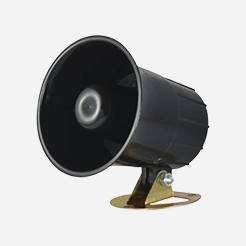
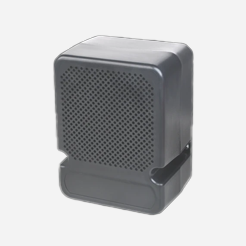
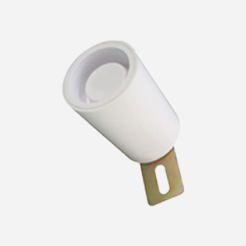
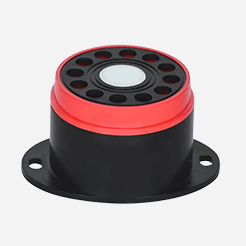
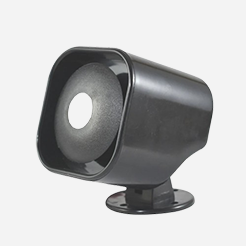
Push buttons and actuators are essential control devices used in industrial automation and railway applications. They serve as interface components, enabling operators to control machinery, initiate processes, or activate emergency functions with ease.

Push buttons operate by completing or breaking an electrical circuit when pressed. They come in various designs, including momentary and latching mechanisms, and can be integrated with different types of contact elements for specific control requirements.
These control devices are widely used in manufacturing industries, railway systems, automation panels, and control stations. Their strong build provides consistent performance in tough conditions.
Push buttons and actuators are available in different configurations to meet various industrial and railway application needs.
Selecting the right push button or actuator depends on various factors that includes application requirements and installation preferences.
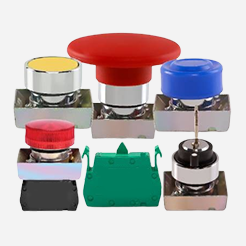
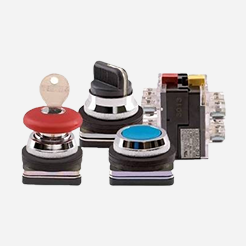
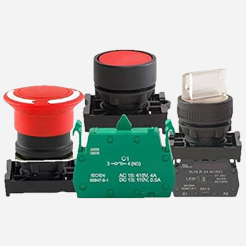
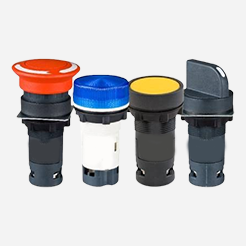
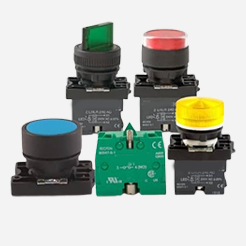
CAM-operated rotary switches facilitate sequential switching operations by rotating through multiple positions. Designed for both AC and DC applications, these switches handle complex electrical control needs with ease.
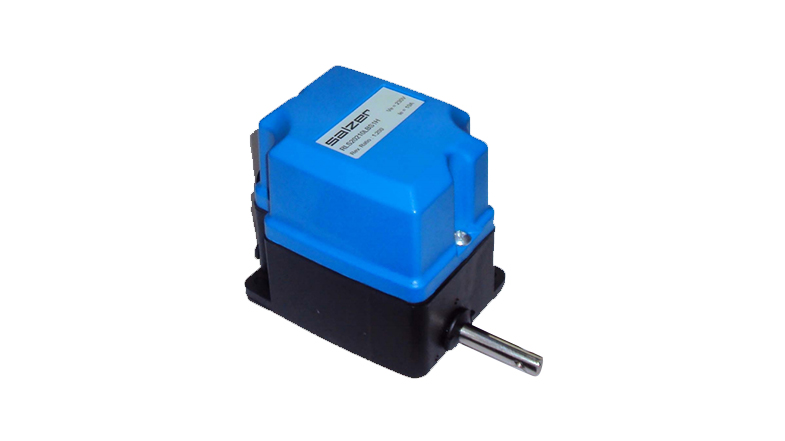
Rotary switches operate by making or breaking circuits as the switch rotates through different positions. The internal cam mechanism determines the switching sequence, and various operational modes such as "Quick-Make," "Quick-Make-Quick-Break," and "Spring Return" that suit diverse application needs.
These switches are widely used in industrial automation, power distribution, machine controls, and breaker control systems. Their ability to handle high currents and varied mounting configurations makes them a valuable addition to control panels and electrical systems.
Rotary switches come in various configurations to suit a wide range of switching applications.
Choosing the right rotary switch depends on the application and switching requirements.
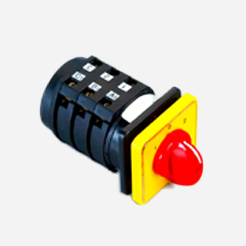
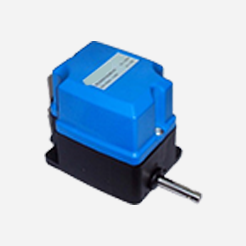
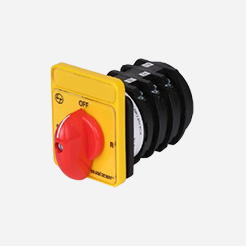
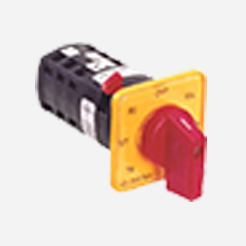
Copyright © 2025 All Rights Reserved By KB Enterprises | Developed By Smart Stream Technologies

